
Literary Analysis: Dire Dire Docks by Luke Saward
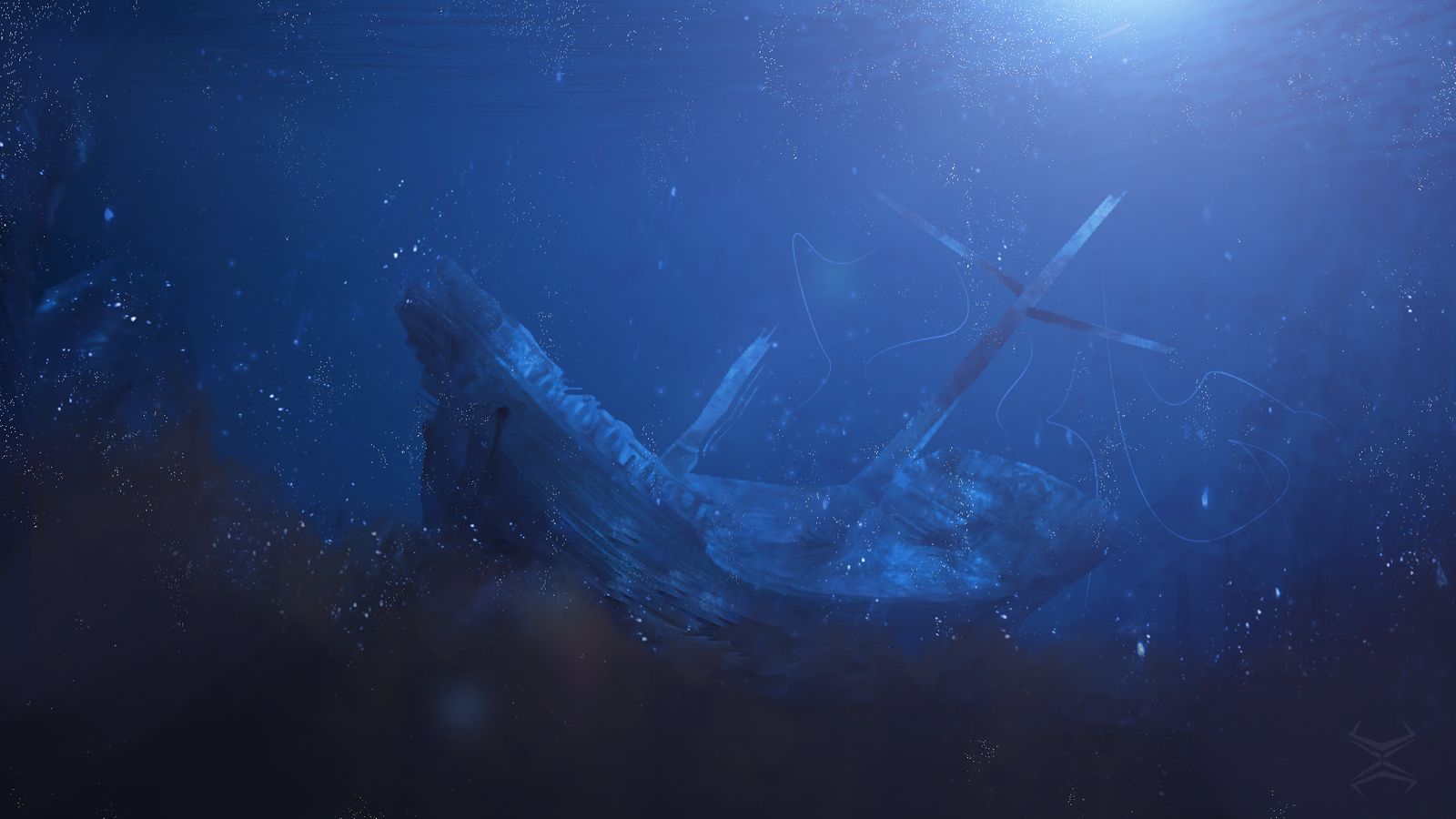
Listen to this article, here or on YouTube:
Note: Audio not CC licensed.
If an audiophile is studious enough in the uncovering of rare music, there comes a time in his life when he hears an arrangement so profound, so rousing of his base emotions, that he is all but forced to pause and reflect, lest he no longer be a consumer of music but consumed by it instead. Luke Saward’s arrangement of Dire Dire Docks is such an arrangement.
If you - the reader - have not heard this piece, I urge you to avail yourself here:
A piece so moving only arises once in a reviewer’s career, even if he is in God’s good graces, so please close your eyes and take the time to experience this piece as it was meant to be experienced.
Starting with the very first lyrics after the generous introductory instrumental section, one begins to catch a fleeting glimpse into the existential yearning of a young soul.
Here is a copy of the opening lyrics, for the reader’s reference:
I really want to save the princess of my dreams, tonight
These lyrics establish Saward’s motivation immediately, making the subject’s end goal unambiguously clear to the listener. What is less clear is whether this goal is to be taken literally or metaphorically. Is Saward’s princess an extant regal figurehead, or is she an allegorical representation of a moral or ethical truth that Saward holds dearly to himself? Furthermore, if extant, could the princess be in reality a pedestrian figure with qualities that Saward finds to be regal? Or is the royal nature of the character designed to ascribe an ethereal, or ultimately unattainable quality to the object of Saward’s desire?
The untenable landscape of dreams has long been the focus of study for philosophers dating back to Plato and Aristotle, and popularized by Descartes’ Meditations on First Philosophy with his parable of the fireplace. Indeed, the dream argument, as Descartes coined it, demonstrates that there is no true, failsafe method for determining whether one is in a dream, and therefore, whether one’s view of reality is truly objective.
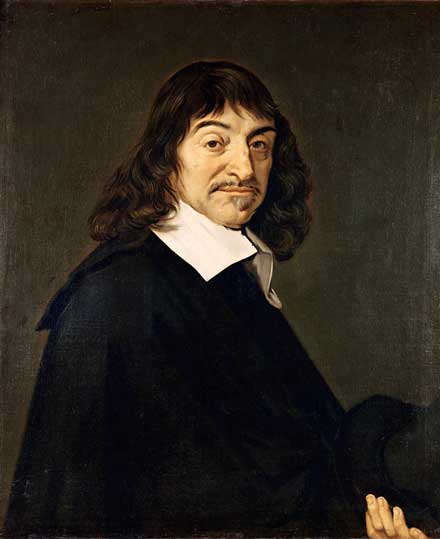
Accordingly, one might argue that it is inconsequential whether Saward’s princess exists in the epistemological sense, as the princess can be sure to exist at least as a subjective spectre within Saward’s psyche, motivating Saward to press onwards, to experience the extremities of the human condition though in a subjective or even solipsistic sense. Saward’s language certainly seems to reject this idea, but this could merely be illustrative of an unexamined subconscious moral or religious conviction.
Indeed, the selfless nature of the act of savior underscores the tenacity of Saward’s ethical and empathetic grounding amidst the adversity that will solidify as the piece progresses. It gently reminds all of us of the nobility in the act of awakening altruistic courage in the face of hardship, and argues that karmic returns will be realized, even if they seem far-off or unattainable.
From a literary perspective, it is interesting to note the desperate nature of the “really want” phraseology in this first line of verse. Saward’s choice of adverb portrays a craving, tender, almost wounded character aching for a metaphysical answer to his desire to embody the classic role of the hero.
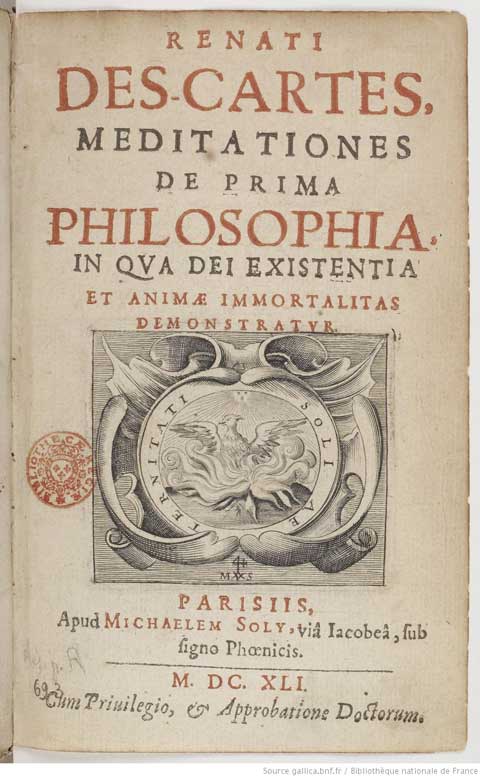
In the final word of Saward’s line, using what may be the most incisive word choice in the arrangement so far, he places a concrete deadline on his ambitions. Determined not to become Shakespeare’s Hamlet, Saward commits immediately to action “tonight” rather than risk a drawn-out succumbing to ennui.
Here is the next line of Saward’s verse:
And I really want to kill bowser in his sleep, for the better
According to Name Origin Research, the surname Bowser has several positive aesthetic qualities:
This most interesting surname is of Old French origin, and originated as a nickname for someone of a cheerful, pleasant demeanour or disposition, or for someone considered to be good looking, derived from the Old French elements “beu, bel”, fair, lovely and “chere”, face, countenance.
Perhaps in the introduction of the second character of this piece, Saward chose the name “Bowser” because it carries the trappings of a traditional hero, to serve as a literary foil to the imperfect representation that Saward ascribes to himself.
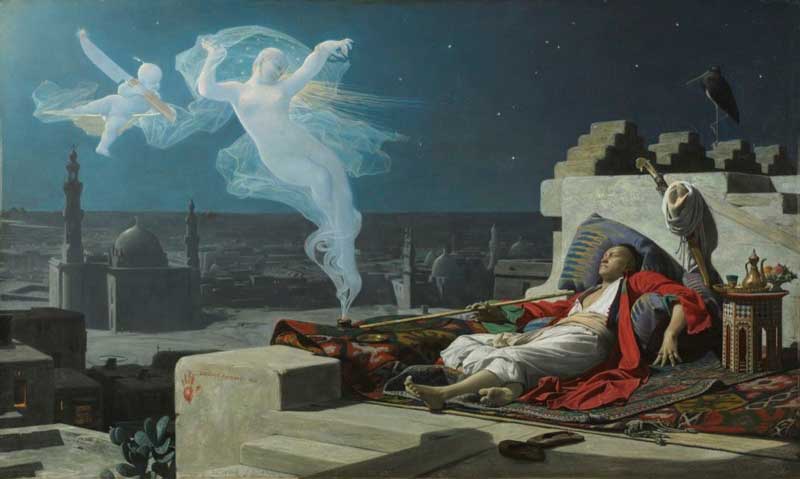
The desire to kill bowser, then, mirrors Saward’s desire to do away with the narrow archaic definition of the hero and create a more progressive, accommodating definition that could be broad enough so as to include himself. Whether this comes across as a powerful statement on the nature of heroes or a grasping self-delusion is for the listener to decide.
The decision of a nocturnal coup de grâce illustrates Saward’s desire to redefine the hero in a practical sense rather than in an overtly ceremonial way. In other words, we can only assume that Saward’s quashing of the Bowser character “for the better” is an act of altruism rather than of self-aggrandisement. It follows thusly that Saward believes his reinterpretation of the hero’s journey will be fruitful in the moral sense, or at least as morally rewarding from both personal and societal perspectives as a more traditional hero’s journey promises to be.
This marks the end of Saward’s first verse, and leads us into the chorus of the arrangement:
And it is really hard work, stomping all these goombas
In the most striking passage of the piece thus far, Saward laments the Herculean nature of the obstacles he has set out to overcome on his hero’s journey. As we will see soon, this burden causes a yearning secondary to the yearning originally expressed - the human struggle of trying to avoiding the ultimately unavoidable:
I wish it could be over, and soon
In this final line of chorus, Saward’s desperation comes to an existential head. If there were any ambiguity in Saward’s emotional outlook, this sentiment removes it, eliminating the interpretation that he could be “imagined as happy” in the Sisyphean sense. It becomes heartbreakingly clear that Saward is committed to a moral expedition that he was unprepared for when he set off, and this realization is only beginning to sink in.
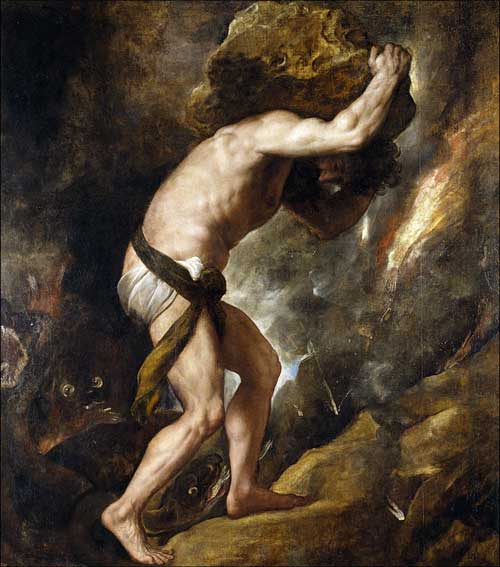
This line also begs the question of whether Saward has the courage to continue on his journey or whether he will be overcome by the burden placed on him, a question that remains distressingly unclarified as we progress into the final verse:
I really wish I could be near Jolly Roger Bay, but I can’t
In this final verse, Saward introduces a new metaphorical tool to describe a second aspect of the object of his desire - the fictional location of Jolly Roger Bay. As we know, Jolly Roger is the traditional English term for a flag flown to identify a pirate ship about to attack, during the early 18th century. Thus, the first truth we uncover about Saward’s Jolly Roger Bay is that it is symbolic of a less-moral life. By wanting to “be near” Jolly Roger Bay, Saward bewails the paths that have closed to him due to his new, more morally conscious lifestyle, and wishes he could return to his previous set of simplified morals that would have prevented his arduous hero’s journey from being set into motion.
As Saward concludes this line with “but I can’t”, we learn that he is dead set on his new moral compass. This is the first and only hint of character development in Saward’s piece, an otherwise staunch commentary on the stagnancy of his predicament.
In the final line of Saward’s final verse, he reintroduces the character of his princess, in an ever-yet more longing and forlorn context:

And I really, really want to be with Peach, the princess
This time instead of merely “really” wanting to save the princess, we learn in his final moments that he “really, really” wants to be with her - an increasingly despondent escalation in language choice that underscores the unresolved nature of Saward’s journey, and encourages the open interpretation of its conclusion.
Surprisingly, the most concrete aspect of the finale of Saward’s story is the explicit naming of Saward’s Princess. By naming his princess “Peach”, Saward appears to be manifesting his goal more tangibly in his mental landscape, either as a measure to visualize and achieve it, or as a defense mechanism in light of a longing he is never to realize.
However the interpretation, Saward’s musical essay on motivation, toil and the human condition is criminally underlooked in the world of literary critique. Through the publishing of my own analysis of Saward and his Princess and Bowser characters, it is my goal that his stimulating musical piece picks up more steam in circles of commentary.
Godspeed, Luke Saward. One could only dream that contemporary musical artists will pick up on this piece and be intellectually and emotionally moved by its tender message.
-M
P.S. Shout-outs to SimpleFlips
Update 6/19/2020: Senpai noticed me:


